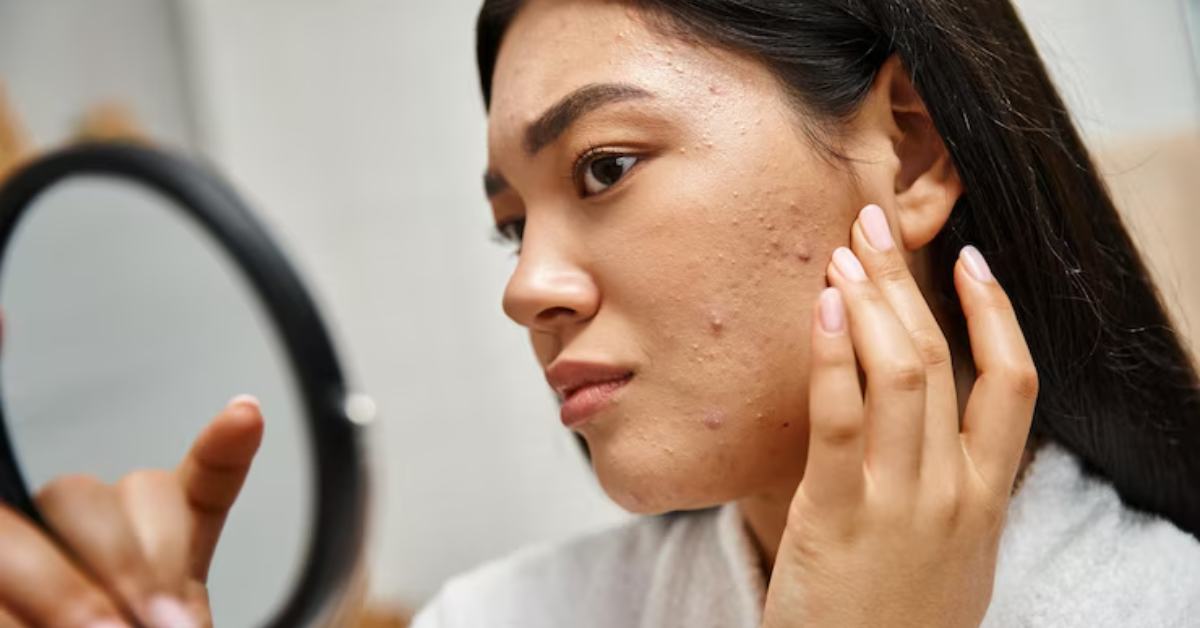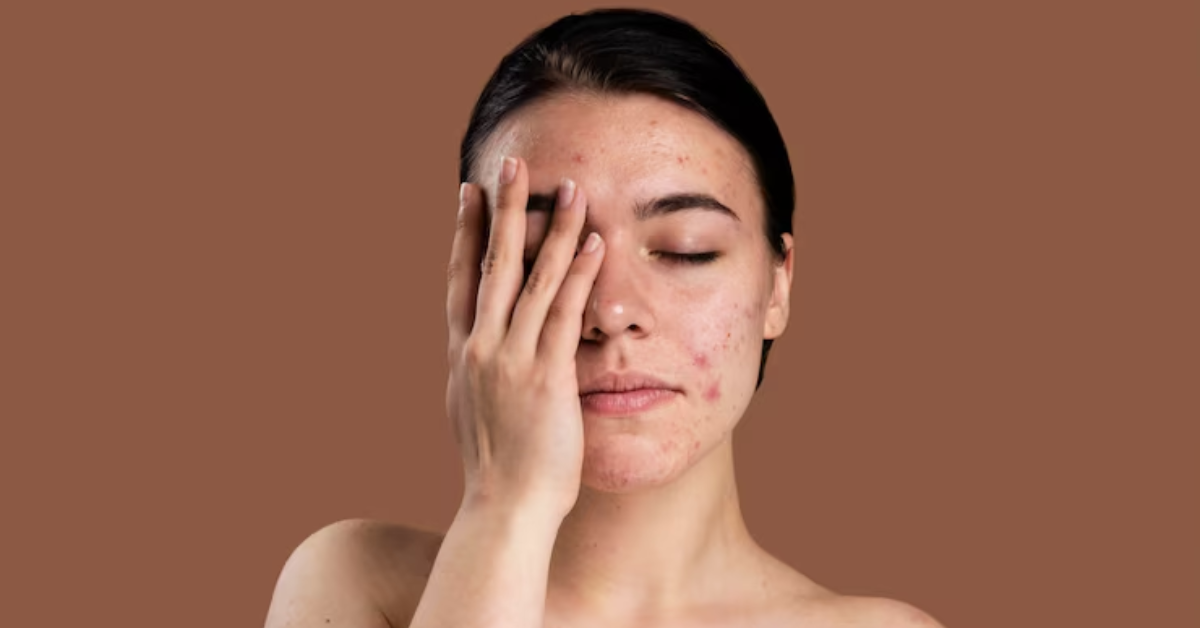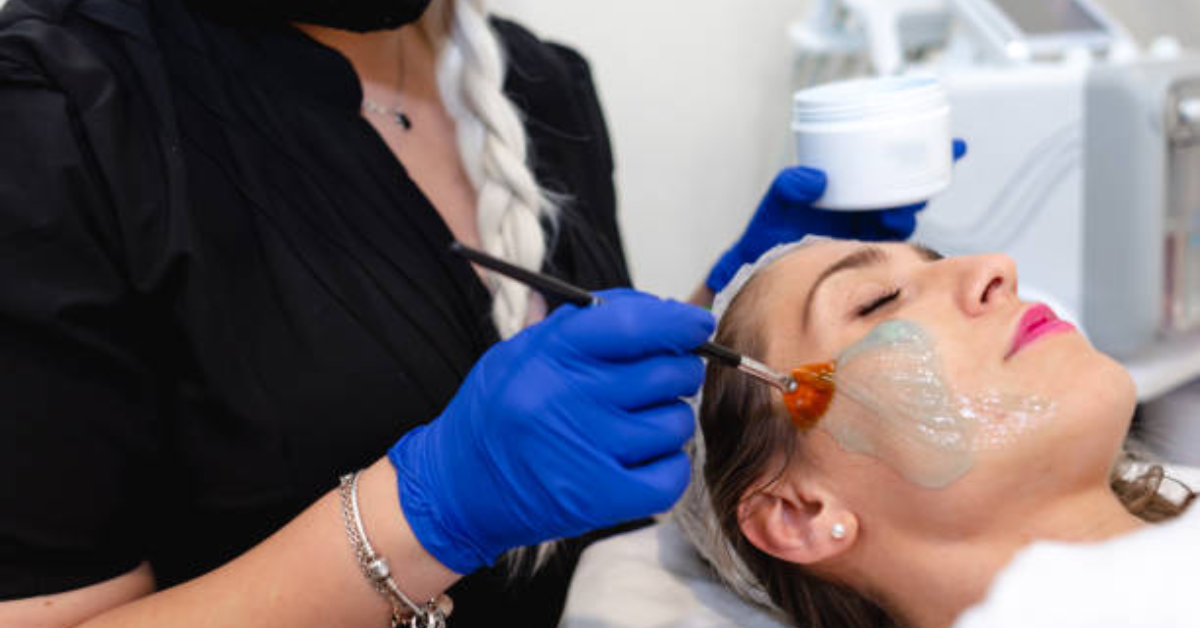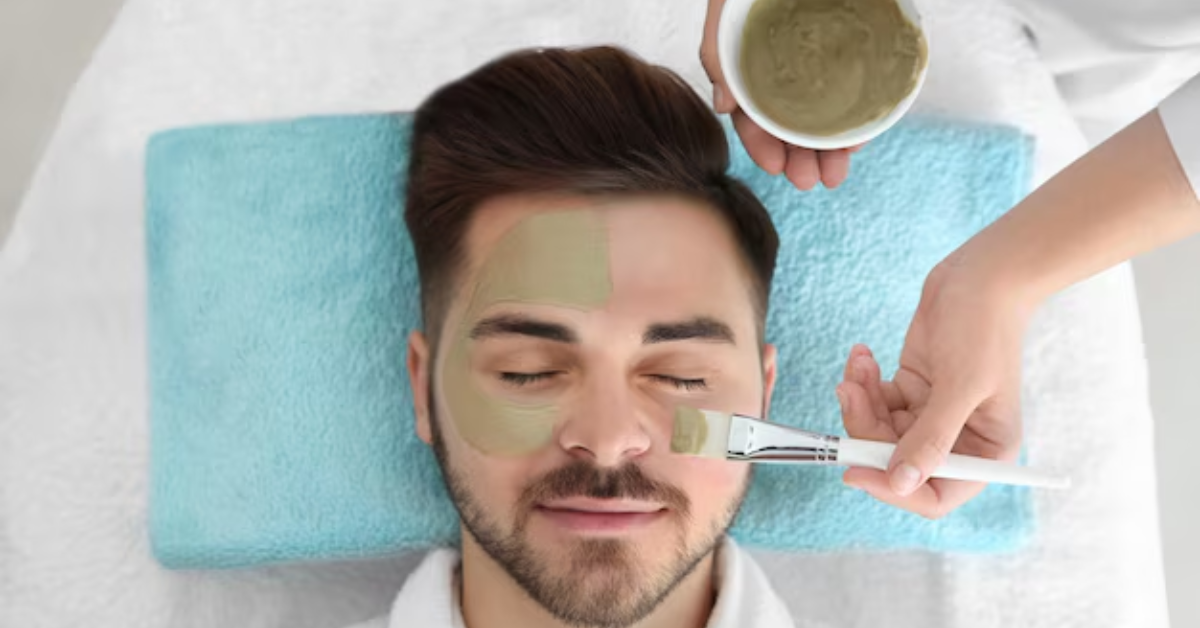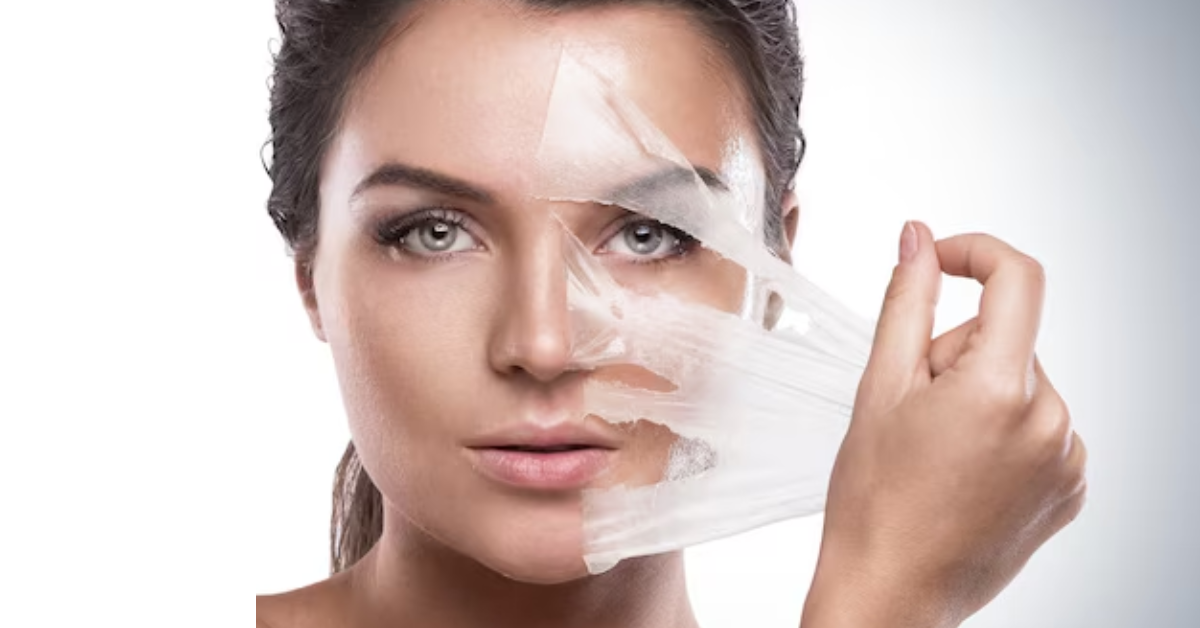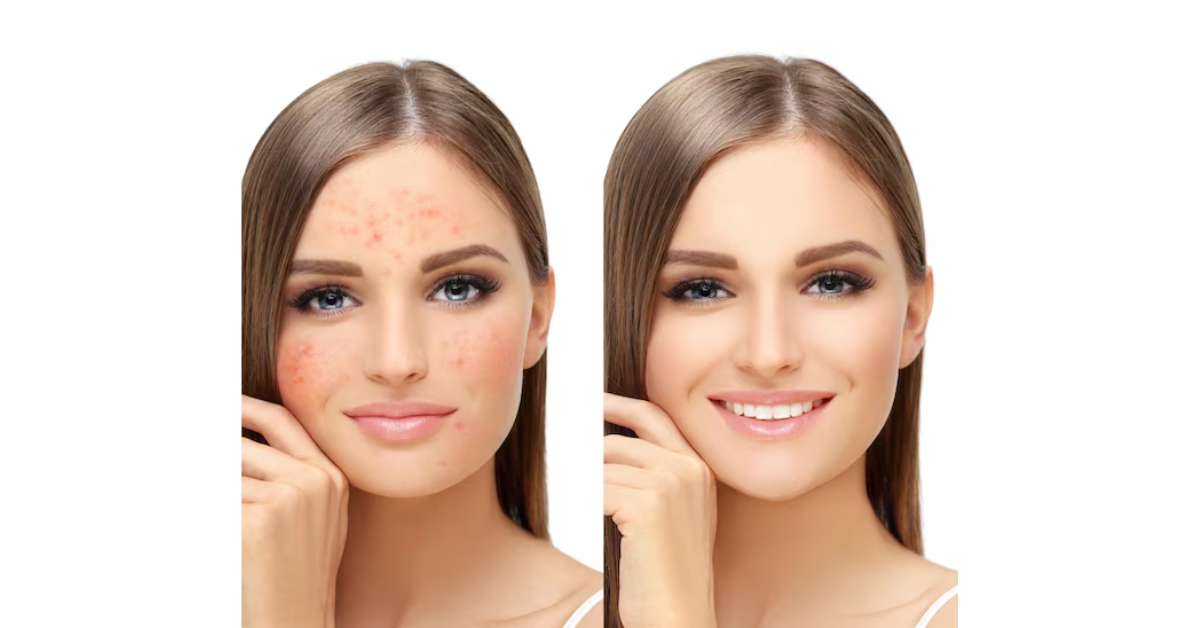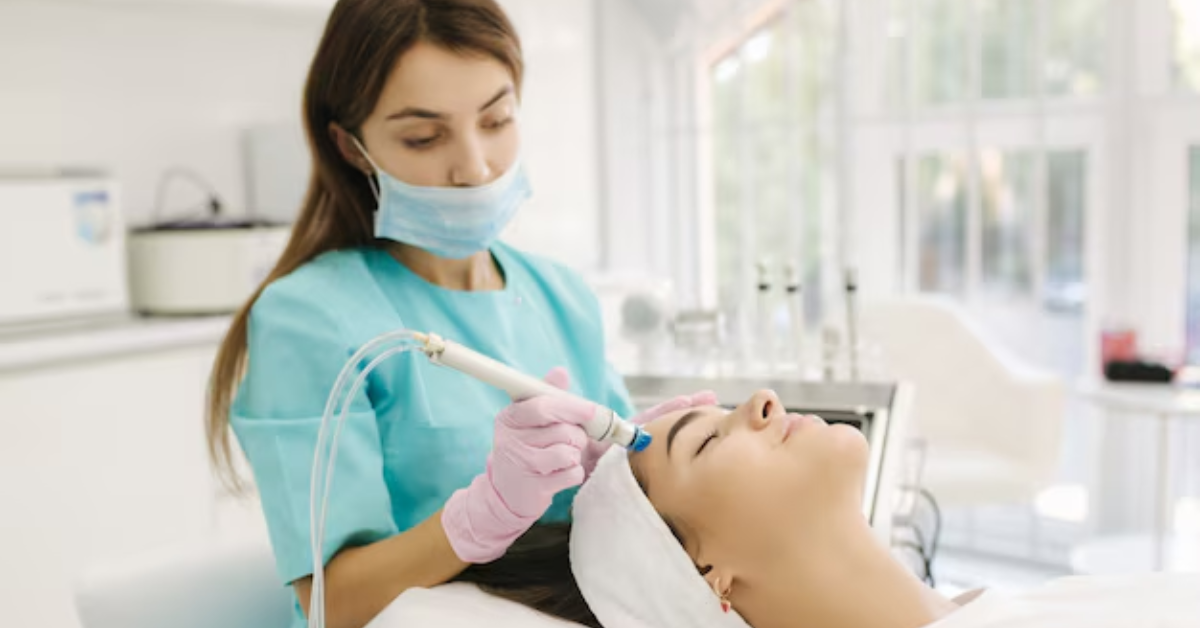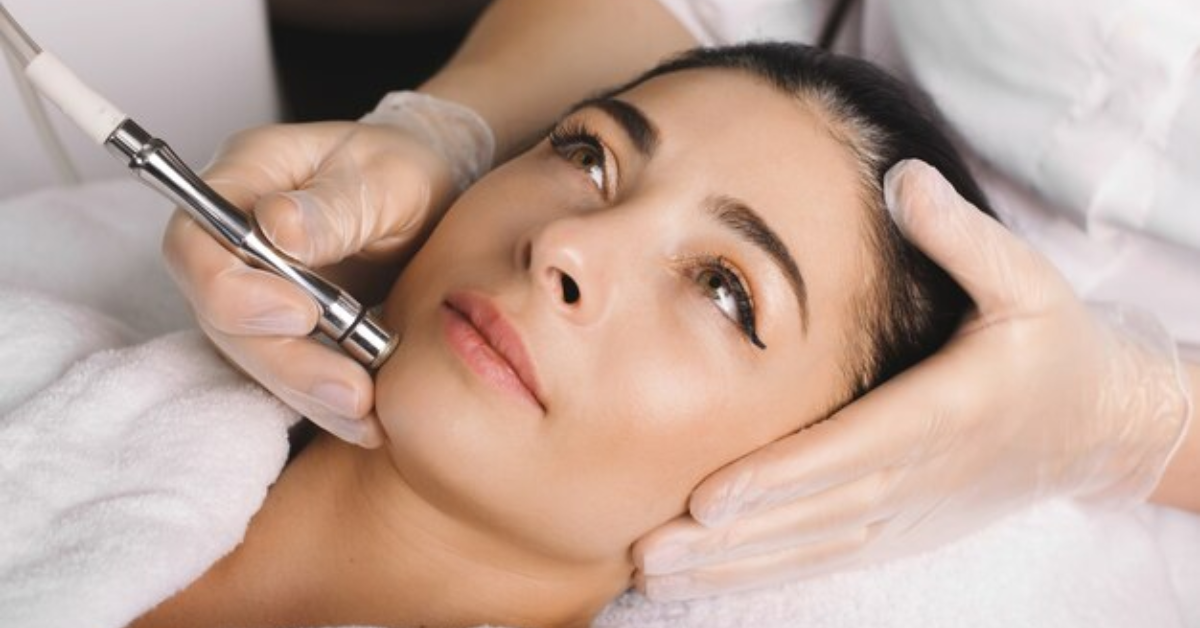Does HIFU Treatment Work on Face for Wrinkle Reduction?
In the quest for youthful and radiant skin, various treatments have emerged, promising to turn back the hands of time and reduce the signs of aging. One such innovative procedure gaining traction in the realm of non-invasive cosmetic treatments is High-Intensity Focused Ultrasound (HIFU). This advanced technology offers a promising solution for individuals seeking effective wrinkle reduction without the need for surgery or invasive procedures. In this comprehensive guide, we will delve into the intricacies of HIFU treatment and explore its efficacy in addressing facial wrinkles.
Explanation of HIFU Treatment
HIFU treatment utilizes focused ultrasound energy to target specific depths within the skin, triggering a natural regenerative process that stimulates the production of collagen and elastin fibers. Unlike traditional facelift procedures that involve surgical incisions, HIFU delivers energy directly to the deeper layers of the skin without disrupting the surface layer, resulting in minimal discomfort and downtime. This precise and controlled energy delivery allows for precise targeting of areas affected by wrinkles, fine lines, and sagging skin, promoting tissue tightening and rejuvenation from within.
Overview of its Use for Wrinkle Reduction on the Face
The application of HIFU treatment for wrinkle reduction on the face has garnered considerable attention due to its ability to address multiple signs of aging simultaneously. From crow's feet around the eyes to nasolabial folds around the mouth, HIFU offers a versatile solution for targeting various types of facial wrinkles. By stimulating collagen production and improving skin elasticity, HIFU treatments can result in smoother, firmer, and more youthful-looking skin over time. Furthermore, HIFU's non-invasive nature and minimal downtime make it an attractive option for individuals seeking natural-looking results without the risks associated with surgery or injectable treatments.
Getting to Know HIFU Technology
HIFU, or High-Intensity Focused Ultrasound, is a non-invasive cosmetic procedure that utilizes focused ultrasound energy to target specific depths within the skin. Unlike traditional ultrasound techniques used for imaging purposes, HIFU delivers concentrated energy to precise points beneath the skin's surface. This energy is converted into heat, causing thermal coagulation points known as "microthermal zones" at the targeted areas. These microthermal zones stimulate the body's natural regenerative response, triggering the production of new collagen and elastin fibers. As a result, HIFU effectively tightens and lifts the skin, reducing the appearance of wrinkles and achieving a more youthful complexion.
HIFU works by delivering high-frequency ultrasound waves deep into the skin's underlying layers, targeting the foundational structures responsible for skin laxity and wrinkle formation. The focused energy heats the targeted tissue to a precise temperature, causing controlled damage to the collagen fibers and initiating the body's healing process. In response to this thermal injury, the body produces new collagen and elastin, which helps to
tighten and firm the skin over time. The increased collagen production enhances skin elasticity, resulting in smoother texture and reduced wrinkles. Unlike other skin tightening procedures, HIFU bypasses the surface of the skin, minimizing the risk of damage and ensuring a safe and effective treatment for wrinkle reduction.
Mechanism of Wrinkle Formation
Wrinkles can arise from a combination of intrinsic and extrinsic factors. Intrinsic factors include genetic predispositions and the natural aging process, which leads to the gradual breakdown of collagen and elastin fibers in the skin. Extrinsic factors, such as sun exposure, smoking, pollution, and repetitive facial expressions, can accelerate the formation of wrinkles by causing oxidative stress, collagen degradation, and skin dehydration. Additionally, lifestyle factors like poor diet, inadequate skincare, and lack of hydration can contribute to premature aging and the development of wrinkles.
Types of Wrinkles (fine lines, dynamic wrinkles, etc.)
Wrinkles come in various forms and can be classified based on their depth, location, and cause. Fine lines are superficial wrinkles that typically appear on areas of the face prone to repetitive movements, such as around the eyes (crow's feet) and mouth (smile lines). Dynamic wrinkles, also known as expression lines, develop as a result of facial muscle contractions and become more prominent with movement. Static wrinkles are deeper, more permanent creases that form as collagen and elastin fibers break down over time. These wrinkles are often found in areas of the face where the skin is subjected to constant stress and gravitational pull, such as the forehead, cheeks, and jawline. Understanding the different types of wrinkles can help tailor treatment approaches, such as HIFU, to target specific concerns and achieve optimal results in wrinkle reduction and skin rejuvenation.
Treatment Process
The HIFU procedure for wrinkle reduction typically begins with a thorough consultation with a qualified healthcare provider or aesthetician. During the consultation, the provider will assess the patient's skin concerns, discuss treatment goals, and determine candidacy for HIFU based on factors such as skin type, medical history, and expectations. Once the patient is deemed a suitable candidate, the HIFU treatment plan is customized to address specific areas of concern, such as wrinkles, fine lines, and skin laxity.
During a HIFU treatment session, the patient will be positioned comfortably in a treatment chair or bed, and the target area will be cleansed and prepped for the procedure. The provider will then apply ultrasound gel to the skin to facilitate the transmission of ultrasound energy. Using a handheld device, the provider will deliver focused ultrasound energy to precise depths within the skin, targeting the underlying tissues responsible for wrinkle formation. Patients may experience mild discomfort or a tingling sensation during the procedure, but it is generally well-tolerated.
The duration of a HIFU treatment session can vary depending on the size and number of areas being treated, but typically lasts between 30 minutes to an hour. After the treatment, patients can resume their normal activities immediately, with little to no downtime required. Over the following weeks and months, patients will gradually notice improvements in skin texture, firmness, and wrinkle reduction as the collagen regeneration process unfolds.
Target Areas for Wrinkle Reduction
HIFU is a versatile treatment that can effectively target wrinkles and fine lines in various facial areas. Commonly treated areas include the forehead, where horizontal lines and furrows may develop due to repeated facial expressions. Around the eyes, HIFU can address crow's feet, also known as periorbital wrinkles, which form at the outer corners of the eyes with age and squinting. HIFU can be used to improve the appearance of frown lines between the eyebrows (glabellar lines) and nasolabial folds that run from the nose to the mouth, as well as marionette lines that extend from the corners of the mouth downward.
HIFU treatments can effectively target both dynamic and static wrinkles, addressing different types of facial lines. Dynamic wrinkles, which result from repetitive muscle movements, include lines such as crow's feet, forehead lines, and frown lines. HIFU works to relax the underlying facial muscles and smooth out these dynamic wrinkles. Static wrinkles, on the other hand, are visible even at rest and are caused by factors such as collagen loss and skin laxity. HIFU stimulates collagen production and tightens the skin, reducing the depth and prominence of static wrinkles over time.
Benefits of HIFU for Wrinkle Reduction
Non-invasive nature of HIFU treatment:
One of the primary benefits of HIFU for wrinkle reduction is its non-invasive nature. Unlike surgical facelift procedures that require incisions and downtime, HIFU treatments are performed using a handheld device that delivers focused ultrasound energy through the skin's surface. This means that there are no needles, incisions, or anesthesia required, and patients can typically return to their normal activities immediately after treatment. HIFU carries minimal risk of complications, making it a safe and convenient option for individuals seeking wrinkle reduction without the need for surgery.
Long-lasting results and minimal downtime:
Another significant benefit of HIFU for wrinkle reduction is its ability to deliver long-lasting results with minimal downtime. While some initial redness or swelling may occur immediately after treatment, these side effects are temporary and typically subside within a few hours to days. Unlike injectable treatments such as dermal fillers or neuromodulators, which may require repeated sessions to maintain results, HIFU stimulates collagen production and provides gradual improvement over time. Many patients experience noticeable wrinkle reduction and skin tightening that lasts for up to a year or more following a series of HIFU treatments, making it a cost-effective and sustainable option for facial rejuvenation.
Potential Side Effects and Risks
Following a HIFU treatment session, patients may experience mild side effects such as temporary redness, swelling, or tenderness in the treated area. These effects are typically mild and short-lived, resolving on their own within a few hours to days. Patients can alleviate any discomfort by applying cool compresses or taking over-the-counter pain relievers as directed by their healthcare provider.
While HIFU is considered a safe and well-tolerated procedure, there are rare risks associated with treatment. These may include bruising, blistering, or skin sensitivity in the treated area. In very rare cases, patients may experience adverse effects such as burns, nerve injury, or scarring. However, such complications are extremely uncommon when HIFU is performed by a qualified and experienced practitioner using appropriate techniques and protocols. Patients should discuss any concerns or potential risks with their healthcare provider before undergoing HIFU treatment.
Preparing for HIFU Treatment
Before undergoing HIFU treatment, patients will receive specific pre-treatment instructions from their healthcare provider to ensure optimal results and minimize risks. These instructions may include avoiding certain medications or supplements that can increase the risk of bleeding or bruising, such as aspirin or blood thinners. Patients may also be advised to discontinue the use of topical skincare products containing retinoids or exfoliating agents in the days leading up to treatment. Additionally, patients should disclose any medical conditions, allergies, or previous cosmetic procedures to their provider during the pre-treatment consultation.
A crucial step in preparing for HIFU treatment is scheduling a consultation with a qualified and experienced practitioner. During this consultation, the provider will evaluate the patient's skin concerns, discuss treatment goals, and assess candidacy for HIFU based on factors such as skin type, medical history, and expectations. The provider will also explain the HIFU treatment process in detail, including what to expect during and after the procedure, and address any questions or concerns the patient may have. By consulting with a knowledgeable practitioner, patients can ensure they are well-informed and prepared for their HIFU treatment experience.
Post-Treatment Care
Following a HIFU treatment session, patients will receive post-treatment care instructions to support healing and maximize results. These recommendations may include avoiding direct sunlight and wearing sunscreen to protect the treated area from UV exposure. Patients may also be advised to use gentle skincare products and avoid harsh chemicals or exfoliants that can irritate the skin. Maintaining good hydration and following a healthy lifestyle can help promote collagen production and enhance the longevity of HIFU results.
Patients should schedule follow-up appointments with their healthcare provider to assess treatment outcomes and discuss any concerns or questions. Depending on the individual's response to HIFU treatment and their aesthetic goals, additional maintenance treatments may be recommended to maintain or enhance results over time. These may include periodic HIFU sessions or complementary procedures such as injectable treatments or skincare treatments. By adhering to recommended follow-up care and maintenance treatments, patients can prolong the benefits of HIFU and enjoy long-lasting improvements in skin tightness and rejuvenation.
Conclusion
HIFU treatment offers a promising solution for individuals seeking effective wrinkle reduction and facial rejuvenation without the need for invasive surgery or extensive downtime. By stimulating collagen production and tightening the skin from within, HIFU can visibly improve the appearance of wrinkles and fine lines, resulting in a more youthful and refreshed complexion. With its non-invasive nature, minimal side effects, and long-lasting results, HIFU presents a compelling option for those looking to enhance their natural beauty and restore confidence in their skin. If you're considering ways to address facial wrinkles and achieve smoother, firmer skin, we encourage you to explore the benefits of HIFU treatment and consult with a qualified practitioner to learn more about how it can benefit you.

